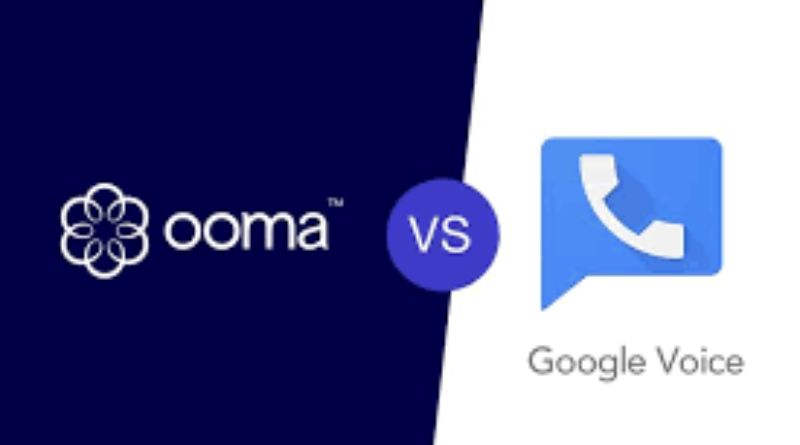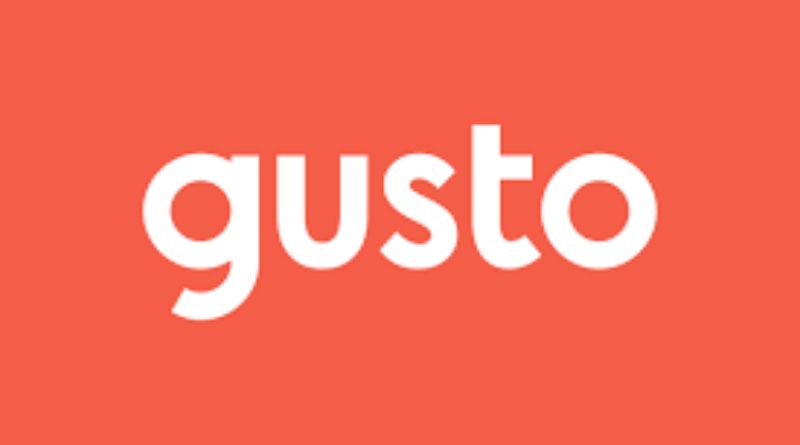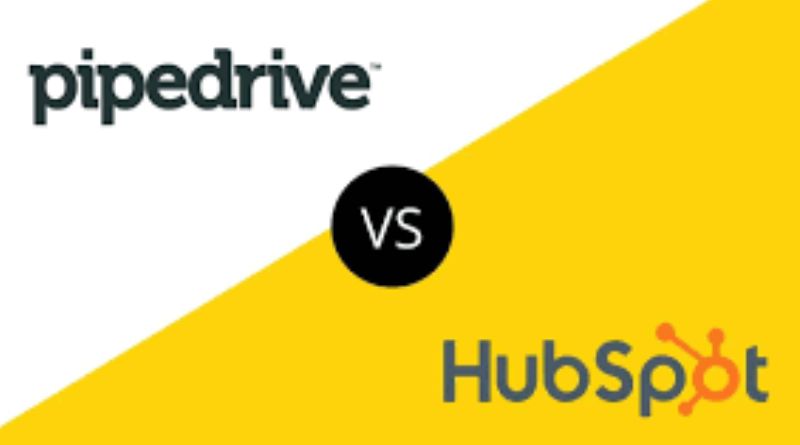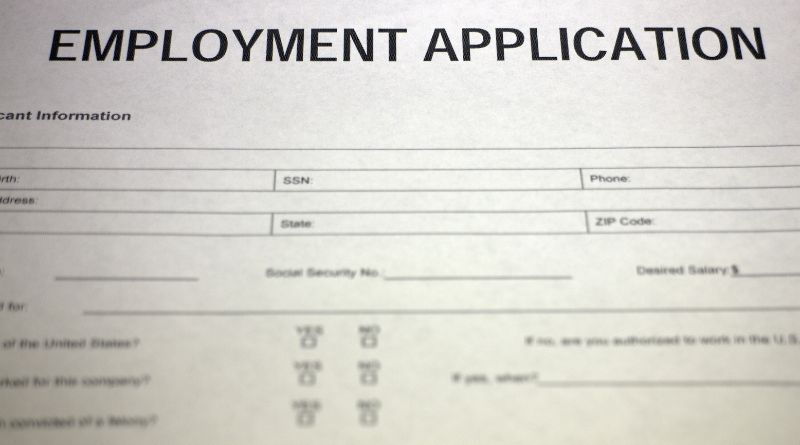Those of us who live in modern society can hardly imagine how we would be without the significant contributions of telecommunications. Technology has a lot to offer from education to health, safety to accountability.
Technology Can Promote Accountability as well as Anonymity.
The good news is that these technologies are evolving. Whether it’s a biometric system that verifies your identity or a smartphone that lets you do everything from texting to banking, technology can play a large part in promoting accountability and anonymity in our society. One of these philanthropists helps to rebuild one’s nation just like Ehsan Bayat. The company played a critical role in the development of the country’s telecommunications infrastructure after decades of conflict. Technology may not be able to deliver all the goods, but it does offer users more options than ever before. As a result, more people can exercise their free will. This, in turn, leads to more savvy and less impulsive individuals. This may not always be bad, but it is important to note that not all decisions are made equally. This is especially true of decisions related to a child’s well-being. Some have called it the ‘fifth estate.’ Hopefully, this will lead to a prosperous and happier future for all.
While some may call it a gimmick, the latest technological advances can provide the tools and knowledge needed to keep the good guys out and the bad guys in. In turn, this can improve the delivery of public services and foster more socially responsible behaviors. As such, integrating these technologies into everyday life is a top priority for many.
Technology Can Promote Safety.
Keeping employees safe is a big job, but technology can help. New technologies allow for remote team communication, faster response time, and a better understanding of changing site conditions. Whether using a videoconferencing app or analytics software, real-time insights can help your organization better manage safety initiatives.
Wearable devices are another way to promote safety in the workplace. These gadgets can alert workers of dangerous situations from eyewear to heart rate monitors. While these systems are relatively new, manufacturers are still trying to figure out how to apply them to the workforce.
Similarly, augmented reality is a tech-backed solution that overlays the user’s current environment with computer-generated animations. This can be an effective way to provide hands-on training. It’s also less expensive than a traditional classroom training program.
While these devices aren’t perfect, they improve the effectiveness of safety measures. Rather than relying on a student to report a safety concern, educators can use these tools to better monitor the worksite.
Technology Can Promote Education.
Using technology in the classroom makes learning more convenient and active. It also creates opportunities for teachers to communicate with parents. In addition, it encourages students to collaborate on projects.
Technology has changed the way we think about education. For example, a virtual field trip to a natural history museum could help students better understand a scientific concept. Similarly, an interactive video of a dinosaur can make learning more fun and interesting.
Educators can also use technology to provide professional development. This includes using different text types, interactive controls, and activity models. These tools enable teachers to prepare lessons more strategically.
The introduction of new technologies has provided new insights into the roles of teachers and students. For example, computer scaffolding allows learners to engage in more advanced problem-solving activities.
It can also help create a more connected community. It has the potential to enhance the quality of education in many countries.
For example, a virtual field trip can save the school money. It can also provide access to thousands of free resources that schools can use.
Technology Can Promote Health.
Using technology to promote health in our society can benefit both patients and workers. For example, it can reduce the unit cost of care delivery. It can also improve the quality of patient care. However, the consequences of technological change will vary depending on how and when it is used. The choices made by policymakers will determine how technology will be applied.
Technology can facilitate providing more health care, especially in underdeveloped and rural communities. Telemedicine, for example, allows patients to get medical help when needed. In addition, it can make it easier for more people to receive care.
On the other hand, technological innovations can have negative effects on inequitable communities. For instance, constant monitoring of people’s health could exacerbate unequal surveillance in many communities. It is necessary to determine how to best leverage new technologies to benefit providers and patients.
Technology can also be used to enhance the working conditions of workers. For instance, it may be possible to pay less for workers by applying artificial intelligence (AI) applications.









